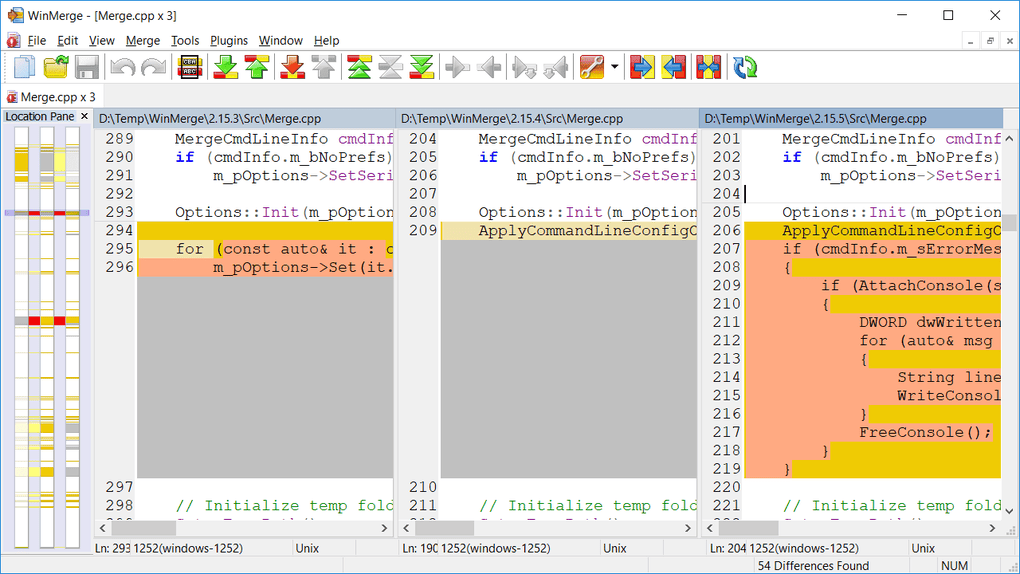
MIR also copies all files in subfolders, including empty ones.īe careful with this command, especially with source and destination folders. /PURGE-Deletes the files and folders that are no longer present in the source but without subfolders.Robocopy c:\temp\source c:\temp\destination /E /COPYALL /DCOPY:DAT /MOVE /R:100 /W:3 Synchronize examples ^Īs with move, there are two options to synchronize folders: Note that the source folder will also be deleted. Use the command below to move all files and folders, including empty ones, with all attributes. /MOV-Moves files only, leaving the empty folder structure at the source.Robocopy offers two options for moving files and folders: Will give you a text log file with all the information you would normally see on screen.Įrror when using /COPYALL without elevation Move examples ^ robocopy c:\temp\source c:\temp\destination /E /DCOPY:DAT /R:100 /W:3 /LOG:C:\temp\robocopylog.txt If you are about to copy a large number of files, it might be more useful to save the output to a log file so you can review the results later, even if the command prompt is closed.

If there is a file locked, it won't usually be unlocked quickly, and it's easier for me to check the erred files manually later rather than waiting ages for the whole command to complete. I also limit the number of retries and wait times. Note that I have specified /DCOPY:DAT (default is DA), as I usually want the folder timestamps to be the same as the source. If you don't want to copy empty subfolders, use the /S switch. The /E switch tells Robocopy to copy all subfolders, including empty ones. The easiest way to copy a folder with all files and subfolders is to run this command: robocopy c:\temp\source c:\temp\destination /E /DCOPY:DAT /R:10 /W:3 Generally speaking, there are three things you will do using robocopy: copy, move, and synchronize folders and files. I guess this is not what you normally want. If there is a single locked file inside the directory, robocopy will do a million retries and will wait 30 seconds between them, amounting to almost 350 days. /W:30-Defines the number of seconds to wait between retries.Īs you can see, the number of retries is very large (one million), which is not practical in most cases.


WinMerge ignores most whitespace characters in rules. After a comment delimiter, all characters in a line are ignored. This section describes the syntax of WinMerge file filters and provides guidelines for writing them. The first two required lines of a file filter are: To use #as characters in a rule, omit the whitespace prefix. However, a comment must always be preceded by one or more whitespace (space or tab) characters. The masks are applied when you start the folder compare operation. When to apply a file mask in WinMerge?ĭefine and apply a file mask at the time you launch your folder compare operation: If you are using the Select Files or Folders dialog, after choosing the Left and Right folders, enter one or more file masks in the Filter field. WinMerge installs a number of predefined file filters. Unlike file masks, file filters can either include or exclude matches. They enable you to apply multiple filtering rules to a folder comparison. File filtersare text files with an extension of flt.


 0 kommentar(er)
0 kommentar(er)
